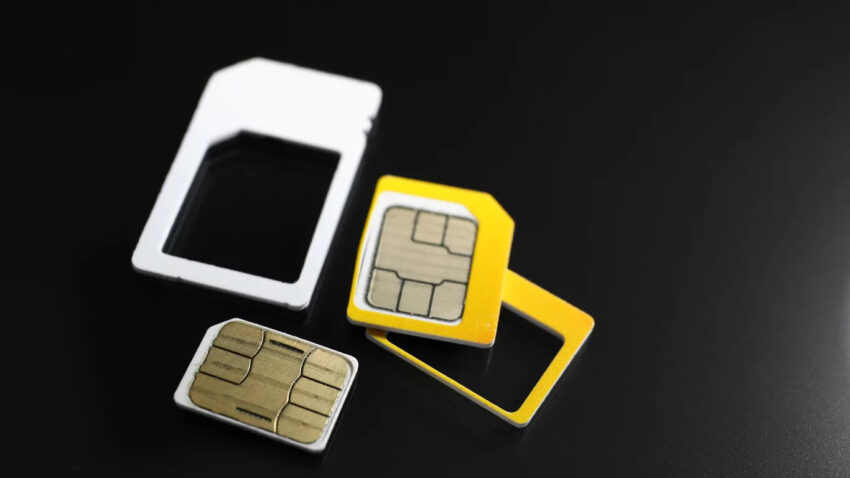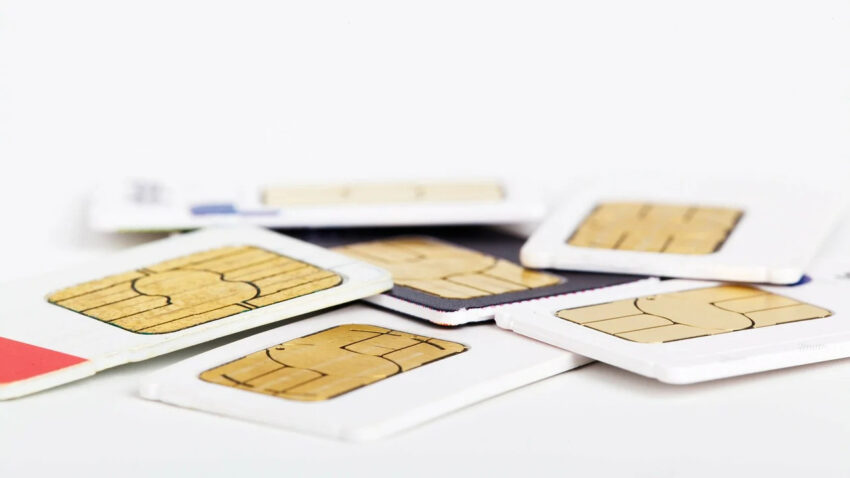There is a lot of buzz around the internet of things (IoT) these days. Technology is advancing at a rapid pace and every day we hear more things being said about it. But at the end of the day, it all boils down to one question: can you use an IoT SIM card to ensure safer connectivity? Read to know why you should consider getting one, how they work, and why you should use them.
Key Differences Between IoT and Regular SIM Cards

An IoT SIM card is a special form factor of a sim card that is used for connectivity and internet connectivity of smart devices and machines. They are different from regular sim cards in terms of security, connectivity, and device support. The 3 sizes available with IoT sim cards are 2FF, 3FF, and 4FF.
In comparison to regular sim cards, IoT sim cards offer enhanced security features such as secure element, pin-to-pin encryption, e-certificate, and iot security keys. Due to the wireless connectivity offered by them, they provide superior device connectivity too. Besides that, they can be embedded in smart devices and machines making it easier to use them on a long-term basis. In terms of device support, IoT sim cards support all the latest digital devices like smartphones, tablets, laptops, etc.
On the other hand, regular sims can be swapped when upgrading devices but IoT sims cannot be removed or changed without invalidating their security features. Also, the embedded chip form factor is preferred for IoT connectivity as compared with the standard form factor due to its increased speed and efficiency.
Securing Your Global Network with an IoT SIM Card
With the increasing usage of internet-of-things (IoT), cellular connectivity has become a vital part of network connectivity. However, traditional cellular connectivity offers only limited connectivity options for device management and data transmission.
To address this, IoT SIM cards offer secure global connectivity for devices of different sizes, allowing access to multiple local networks with tailored contract terms. This ensures device connectivity and connectivity costs are kept at a minimum.
An IoT SIM card is also designed for devices to send and receive data across cellular networks, making it an ideal choice for device management platforms that control connected devices remotely. Moreover, users can enjoy flexible connectivity plans and seamless device connectivity with these cards.
Why should you consider using an IoT SIM card?
If you’re looking to harness the benefits of the internet of things, then an IoT sim card may be a suitable alternative to traditional SIM cards. This is because they’re designed for devices transmitting data across cellular networks to other devices or device management platforms.
They provide durability and security that traditional SIM cards do not offer. As a result, they can withstand harsh environmental conditions and remain usable for extended periods of time. That’s an important consideration when you’re dealing with connected devices.
Consumers can also trust that the data on their device isn’t at risk when using an IoT sim card. They are able to maintain a secure connection at nearly all times, making them a reliable technology for device connectivity.
How to use an IoT SIM card
IoT SIM cards, also known as M2M SIM cards, are designed to provide connectivity for devices and device management platforms that use cellular networks. They come in three sizes: 2FF (standard), 3FF (micro), and 4FF (nano).
The 2FF size is the standard size of an IoT SIM card and can support devices with a 2G connection or less. The 3FF size is a micro-sized IoT SIM card and it’s designed for devices with 3G connectivity. And the 4FF nano size is the smallest of the three sizes and it’s used for devices with 4G connectivity. Lastly, triple punch cards are available to choose between sizes of 2FF, 3FF, and 4FF.
IoT SIM cards are inserted into compatible devices to give them internet connectivity. They are often used in wireless sensor networks and device tracking applications where connectivity is essential to ensure device operation and device health checks.
Carrier-specific SIMs connect to one carrier only, so they don’t need to worry about which network to use or which country they’re located in. That way they can focus on developing solutions that meet their customers’ needs.
How to use a regular SIM card
A regular SIM card can be used in most mobile phones and electronic devices. The three standard sizes for SIM cards are 2FF, 3FF, and 4FF. These sizes indicate the number of contacts on a card, with 2FF cards having 16 contacts and 4FF cards having 32 contacts.
The size of a card determines its functionality, with smaller cards being designed for use in less-powerful devices. The larger the card, the more data it can hold. Some consumers may use dual SIM devices to separate personal and business phone numbers without carrying multiple devices. Embedded SIMs are directly mounted and pre-soldered onto a device’s circuit board, usually in the form of the MFF2. Traditional SIM cards are usually intended for consumer products, but M2M SIMs are designed for data transmission only.
Conclusion
To understand the benefits of using an IoT SIM card in your business, it is essential to understand the use and application of a standard SIM card. We have brought you an infographic that explains the differences between IoT SIM cards and regular SIM cards. If you have any further questions, feel free to email us at support@simpler-it-security.com

